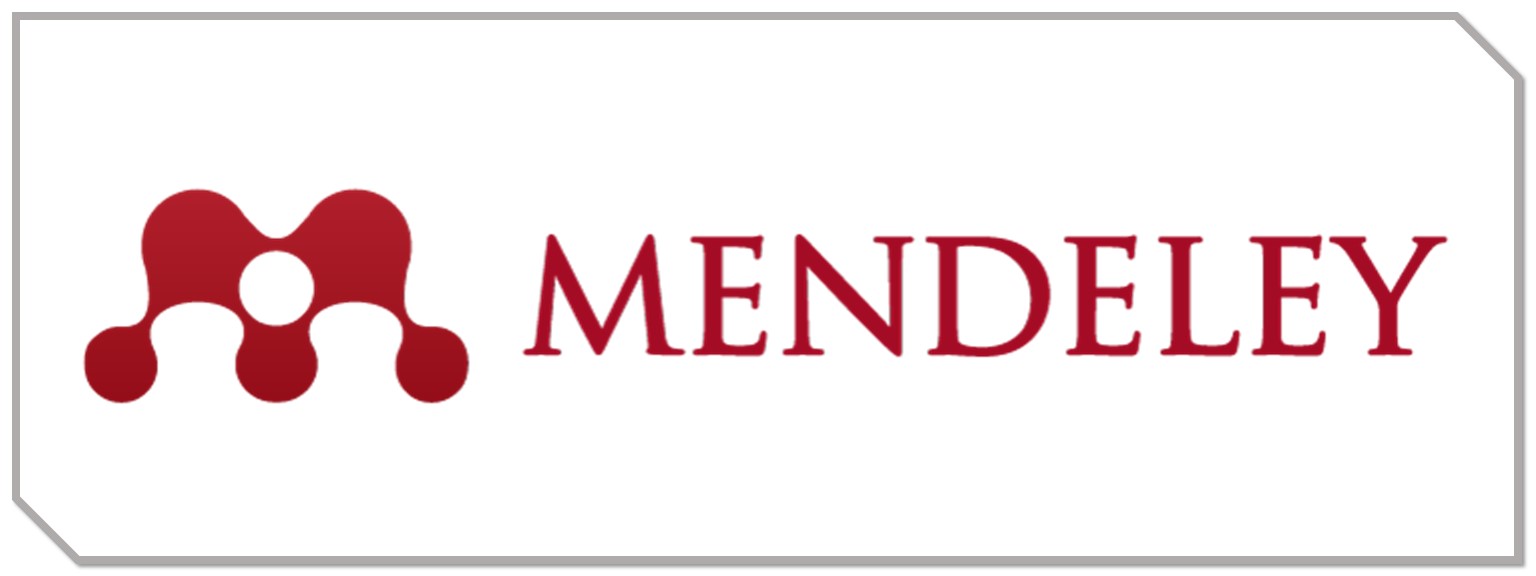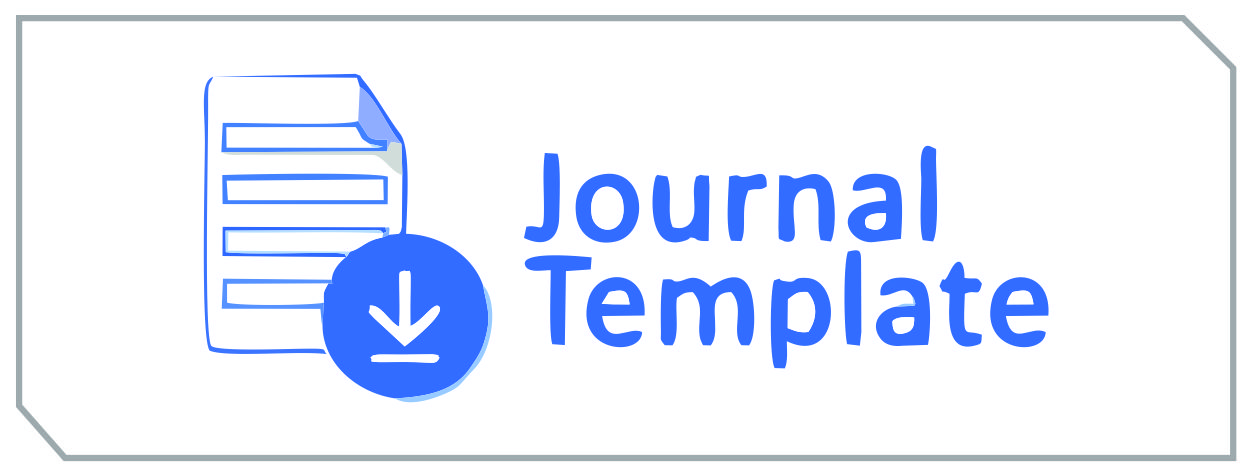Manajemen Air Bersih di Daerah Perdesaan:
Sudi Kasusa di Desa Saojo Kecamatan Pamona Utara, Kabupaten Poso
DOI:
https://doi.org/10.56444/mia.v21i2.2020Keywords:
Clean Water Management, Rural Areas, Infrastructure, Community Engagement, Sustainable DevelopmentAbstract
This study aims to address the challenges of clean water management in the rural village of Saojo, located in North Pamona, Poso Regency, Central Sulawesi, Indonesia. The research explores the critical issues affecting the village’s water supply, including undetected leaks in the distribution system, the limited availability of water sources, and the impact of prolonged droughts. The study employs a qualitative approach, allowing for an in-depth understanding of the socio-cultural and economic context influencing water management in the village. Data collection was conducted through semi-structured interviews with local government officials and water management personnel, as well as observations of the water infrastructure and community practices. The analysis was carried out using thematic analysis, where data from interviews and observations were transcribed, categorized, and linked to the research objectives. The findings reveal that poor infrastructure maintenance, a lack of modern technology for detecting leaks, and insufficient community involvement in water management are the main obstacles to ensuring a sustainable water supply. The research also identifies potential solutions, such as the installation of a Municipal Water Supply System (PAM), the exploration of new water sources in collaboration with the Pamsimas program, and investments in advanced leak detection technology. The study concludes that a comprehensive approach involving regular monitoring and maintenance, infrastructure upgrades, community engagement, and government-private sector collaboration is essential for improving the water supply system in Saojo. By addressing these challenges holistically, the village can achieve a sustainable and reliable clean water supply, thereby improving the quality of life for its residents.
References
Chaabane, S., Ghattassi, A., Mensi, K., Mhiri, F., & Plakas, K. V. (n.d.). APOC technology as an eco-innovative decentralized sanitation system for wastewater treatment and reuse facilities in the rural locality of Bent Saidane-Ne Tunisia. https://doi.org/10.30955/gnc2021.00650
Creswell, J. W. (2009). Research design: Qualitative, quantitative and mixed approaches (3rd ed.). In Research design: Qualitative, quantitative, and mixed methods approaches. https://doi.org/10.2307/1523157
Herawati, H., Kartini, Akbar, A. A., & Abdurrahman, T. (2021). Strategy for realizing regional rural water security on tropical peatland. Water, 13(18), 2455. https://doi.org/10.3390/w13182455
Jang, E., Lim, E. M., Kim, J., Kang, M.-J., Choi, G., & Moon, J. J. (2023). Risk management of methane reduction clean development mechanism projects in rice paddy fields. Agronomy, 13(6), 1639. https://doi.org/10.3390/agronomy13061639
Kamruzzaman, A. K. M., Said, I., & Osman, O. (2013). Overview on management patterns in community, private and hybrid management in rural water supply. Journal of Sustainable Development, 6(5). https://doi.org/10.5539/jsd.v6n5p26
Lan, N. T., Dao, P. T. A., & Kyncl, M. (2018). Water supply status in rural areas of the Mekong Delta and development measures. Geoscience Engineering, 64(1), 35–41. https://doi.org/10.2478/gse-2018-0005
Machado, A. V. M., Oliveira, P. A. D., & Matos, P. G. (2022). Review of community-managed water supply—Factors affecting its long-term sustainability. Water, 14(14), 2209. https://doi.org/10.3390/w14142209
Mangai, M. S., & Vries, M. S. d. (2018). Co-production as deep engagement. International Journal of Public Sector Management, 31(1), 81–96. https://doi.org/10.1108/ijpsm-03-2017-0084
Mazli, N. A. E., Zaki, Z. Z. M., & Baharudin, F. (2022). Preliminary assessment on water quality of different wastewater using solar water distillation technique. IOP Conference Series: Earth and Environmental Science, 1022(1), 012077. https://doi.org/10.1088/1755-1315/1022/1/012077
Moon, J. (2024). Regional disparities in safe and clean environments in Uzbekistan: Analysis of 2021–2022 Uzbekistan multiple indicator cluster survey data. Sustainability, 16(4), 1580. https://doi.org/10.3390/su16041580
Salom, N. B. (2022). Challenges facing community management of rural water supply: The case of Ohangwena region, Namibia. ASQ, 21(1), 28–42. https://doi.org/10.32473/asq.21.1.135967
Sesay, B. P., Hakizimana, J. L., Elduma, A. H., & Gebru, G. N. (2022). Assessment of water, sanitation and hygiene practices among households, 2019 − Sierra Leone: A community-based cluster survey. Environmental Health Insights, 16, 117863022211250. https://doi.org/10.1177/11786302221125042
Sugiyono. (2017). Metode penelitian bisnis (pendekatan kuantitatif, kualitatif, kombinasi dan R&D). In Metodelogi Penelitian.
Taleshi, M. (2018). Participatory planning and integrated water resources management: A case study of the Eastern rural areas of Iran. Journal of Sustainable Rural Development. https://doi.org/10.32598/jsrd.01.03.290
Toan, T. D., Hanh, D. N., & Thu, D. T. (2023). Management models and the sustainability of rural water supply systems: An analytical investigation in Ha Nam Province, Vietnam. Sustainability, 15(12), 9212. https://doi.org/10.3390/su15129212









